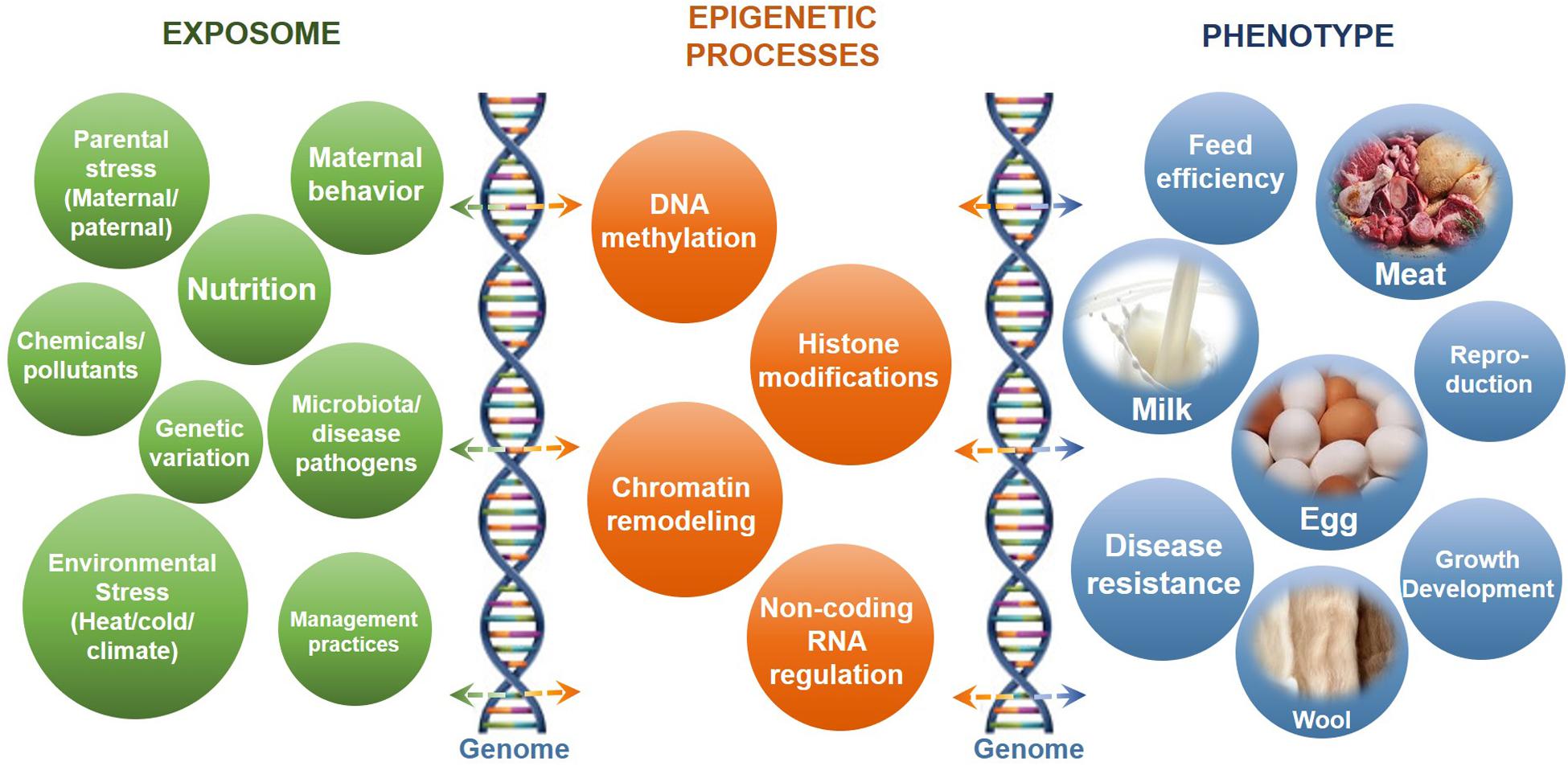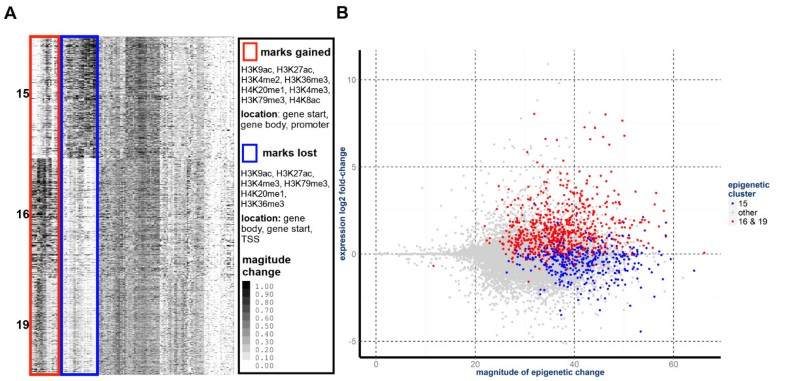


The cyclin-dependent kinase 8 (CDK8) kinase module reversibly interacts with the core Mediator through MED13, causing further modulation of Mediator's functions. Therefore, Mediator dysfunction is implicated in malignancies. Cancer cells often arise as a consequence of dysregulation of gene expression, such as the upregulated expression of oncogenes. Mediator appears to have important roles in stabilizing these chromatin loops via conjunction with chromatin regulators and/or TFs. In mammalian cells, long-range chromatin looping interactions between enhancer and promoter sequences seem to be critical for promoting a high-level of gene expression in specific cell types. As the nexus of Pol II transcription, Mediator could interact with chromatin regulators involved in histone modification, transcription factors (TFs) at enhancers, as well as the Pol II transcription machinery bound at promoters. Human core Mediator has three modules (head, middle and tail) and globally regulates functions of RNA polymerase II (Pol II). Mediator is a large, highly conserved protein complex and functions as a key transcriptional co-activator in eukaryotes. Keywords: lung cancer radiotherapy, MED13L, miR-4497, Mediator, H3K27ac, PRKCA Introduction Remarkably, high PRKCA expression in NSCLC tissues is correlated with poor prognosis of patients received radiotherapy.Ĭonclusions: Our study linking PRKCA to radiosensitivity through a novel mechanism may enable the rational targeting of PRKCA to unlock therapeutic potentials of NSCLC. Inhibition of PRKCA expression potentiates the killing effect of radiotherapy in vitro and in vivo. Silencing of MED13L therefore diminishes global H3K27ac signals written by P300, activities of enhancer and/or promoters and expression of multiple oncogenes, especially PRKCA. Although not interrupting structure integrity of the core Mediator or the CDK8 kinase module, suppression of MED13L attenuated their physical interactions and reduced recruitment of acetyltransferase P300 to chromatin via Mediator. Results: We found that radiation can trigger disassemble of Mediator complex via silencing of MED13L by miR-4497 in NSCLC. Clinical implications of miR-4497, MED13L and PRKCA in radiosensitivity were evaluated in NSCLC patients treated with concurrent chemoradiotherapy or radiotherapy alone. Methods: The biologic functions of miR-4497, MED13L and PRKCA in NSCLC radiosensitivity were examined through biochemical assays including gene expression profilling, cell proliferation assay, colony formation assay, wound healing assay, transwell assay, dual luciferase reporter assay, xenograft models, immunoprecipitation, and chromatin immunoprecipitation sequencing. Mediator complex is implicated in gene expression control, but it remains unclear how Mediator dysfunction is involved in cancer radiotherapy. Identification of novel druggable targets that are capable to modulate NSCLC radiosensitivity may provide a way forward. To date, efforts to improve non-small-cell lung cancer (NSCLC) outcomes with increased radiation dose have not been successful. Select the file that you have just downloaded and select import option Reference Manager (RIS).
MEDIATOR 9 EPIGENETICS DOWNLOAD
Available fromĬlick on Go to download the file. MED13L integrates Mediator-regulated epigenetic control into lung cancer radiosensitivity. Zhang N, Song Y, Xu Y, Liu J, Shen Y, Zhou L, Yu J, Yang M.


 0 kommentar(er)
0 kommentar(er)
